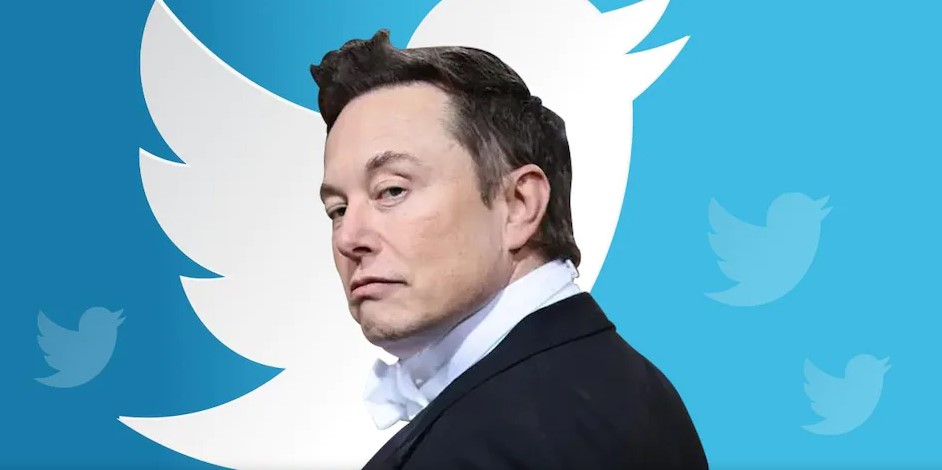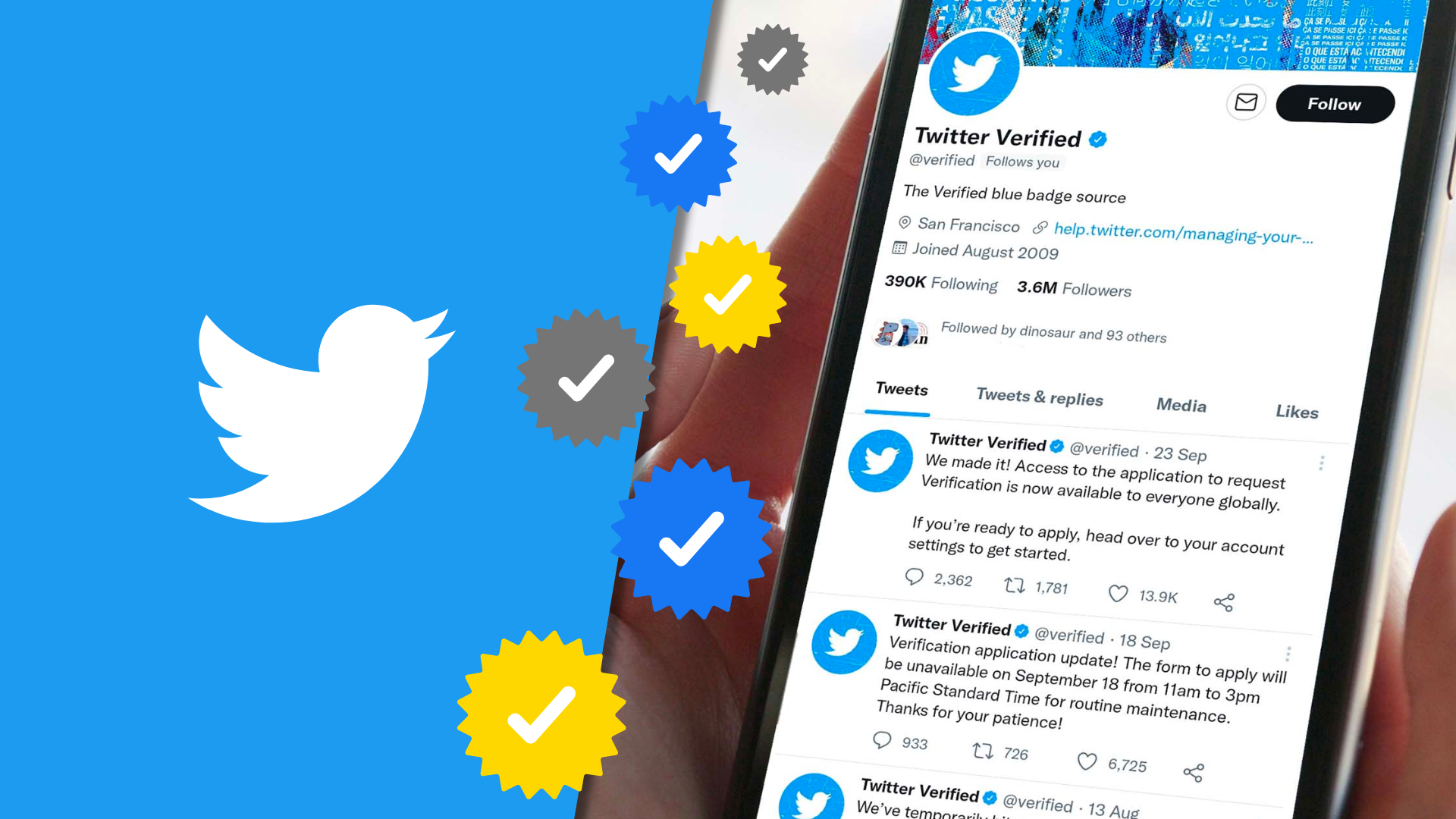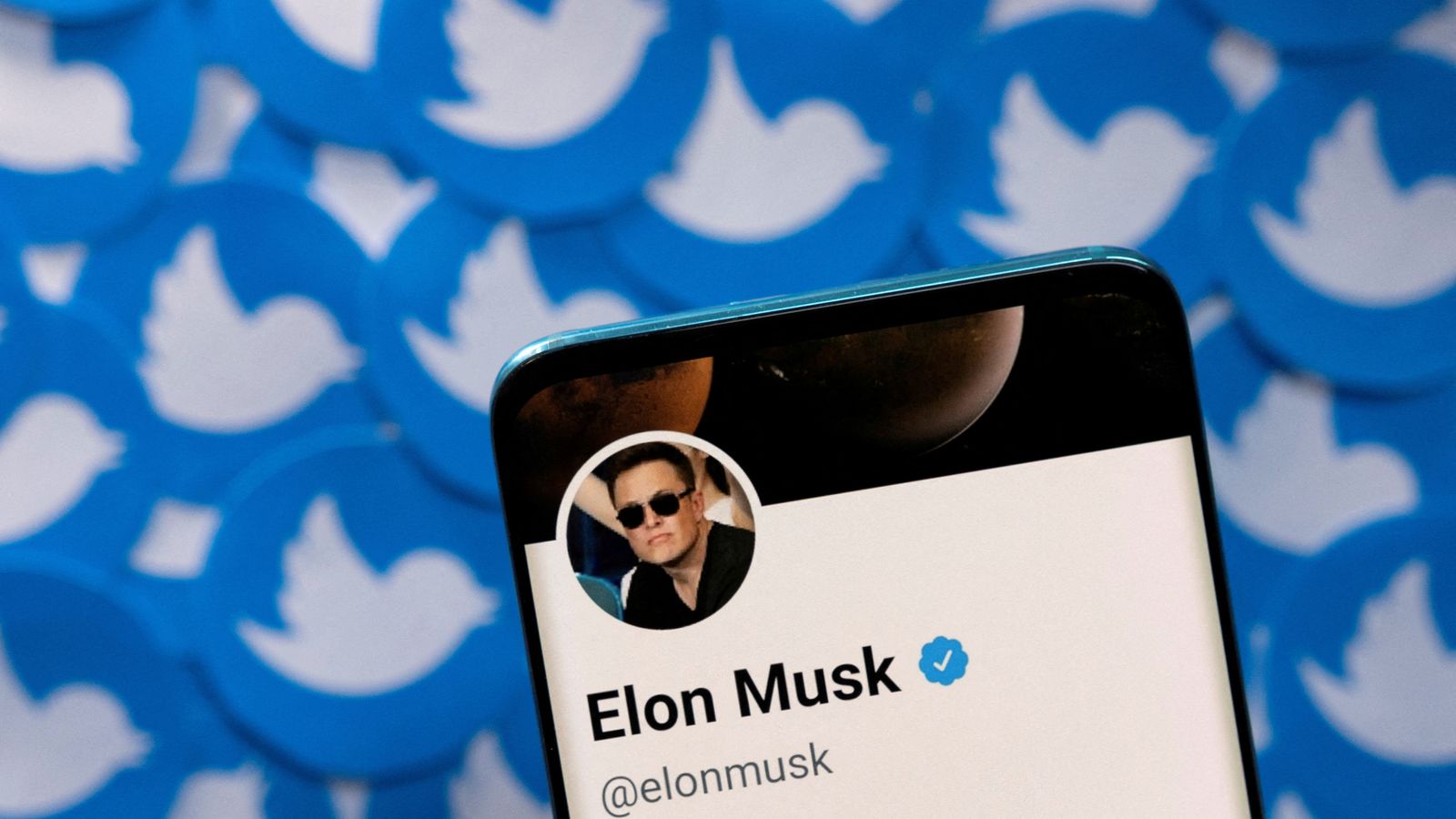
Elon Musk and the Twitter Verification badge removal saga
April 23, 2023
3 Powerful Ways To Make Money As An Affiliate Marketer
June 12, 2023Twitter verification has been a coveted status symbol since the social media platform introduced the blue verification badge in 2009. The blue badge signifies that the account has been verified by Twitter as authentic and of public interest and this blue checkmark also known as twitter blue is a source of pride for celebrities and organizations out there as this represents or is an indicator that they are legacy verified. Over the years, the verification process has undergone several changes, with Twitter introducing new criteria and guidelines for users to qualify for the badge.
In April 2021, Elon Musk, the billionaire entrepreneur and CEO of Tesla and SpaceX, suggested a new twist to the Twitter verification process. In a tweet, Musk proposed a subscription-based verification system, where users would pay for verification, and the proceeds would go towards a charity of their choice. The idea sparked a debate on whether users should pay for the blue badge, and whether a subscription-based system is a feasible solution to the challenges of Twitter verification.

Twitter Verification: The Current Process
Before we delve into Musk’s proposal, let’s first understand the current Twitter verification process also known as the blue tick. Twitter has a set of guidelines that it uses to determine whether an account is eligible for verification. To qualify for verification, an account must meet the following criteria:
- The account must be complete, with a profile picture, bio, and header image.
- The account must be active and in good standing, with no history of violating Twitter’s rules and policies.
- The account must have a confirmed email address and phone number.
- The account must have been active for at least six months.
- The account must have a significant presence on Twitter, with a large following, and be of public interest.
Once an account meets these criteria, it can apply for verification by filling out a verification request form. Twitter’s verification team reviews the application and decides whether to grant the blue badge. If the application is rejected, the user can reapply after 30 days.
Twitter Verification: The Challenges
The Twitter verification process has faced several challenges over the years. One of the main challenges is the lack of transparency in the process. Twitter’s guidelines for verification are not always clear, and the verification team’s decisions are often subjective. This has led to complaints from users and supposedly verified organizations who feel that they deserve the blue badge but have been denied without a clear reason.
Another challenge is the proliferation of fake accounts and impersonators on Twitter. The blue badge is intended to signify authenticity, but it is not foolproof. Fake accounts and impersonators can still obtain the badge by using fake credentials or by exploiting loopholes in the verification process.

Twitter Verification: Elon Musk’s Proposal
In response to these challenges, Elon Musk proposed a subscription-based system for Twitter verification. Under Musk’s proposal, users would pay for verification, and the proceeds would go towards a charity of their choice. Musk argued that a subscription-based system would not only make the verification process more accessible but also raise funds for charity. In other words, this has become a subscription service.
Read also:
Elon Musk and the Twitter Verification badge removal saga
The proposal was met with mixed reactions, with some users supporting the idea and others criticizing it. Check beside Supporters of the proposal argued that a subscription-based system would create a more transparent and merit-based verification process. They argued that users who are willing to pay for verification are more likely to be serious and committed to using Twitter for public interest.
Critics of the proposal as well as anime adventures argued that a subscription-based system would create a two-tiered system, where only users who can afford to pay would be verified. They argued that this would be unfair to users who cannot afford to pay and would create a barrier to entry for new users. They also argued that the blue badge should be a symbol of authenticity and should not be for sale.
Twitter Verification: The Debate
The debate on whether users should pay for the blue badge has been ongoing since Musk’s proposal. Some users have expressed support for a subscription-based system, arguing that it would create a more transparent and merit-based verification process. They argue that paying for verification would weed out fake accounts and impersonators, and create a more trustworthy platform for users.
Others, however, have criticized the proposal, arguing that verification should be based on merit and not on financial resources. They argue that a subscription-based system would create a two-tiered system, where only wealthy users can afford to be verified, and new users are discouraged from joining the platform. They also argue that verification should be based on the account’s content and engagement, not on its ability to pay.
In addition, some have raised concerns about the potential misuse of the subscription-based system. They argue that some users may abuse the system by paying for verification but then using their verified status for fraudulent or malicious purposes. They argue that a subscription-based system could create more problems than it solves.
Celebrities like Lebron James, Adesina and others out there running different types of accounts on diverse niches also got their blue ticks taken away.
Twitter Verification: The Future
As of September 2021, Twitter has not announced any plans to implement a subscription-based verification system. However, the debate on the future of Twitter verification continues. Some users have suggested alternative solutions, such as creating a more transparent and objective verification process, using AI to detect and remove fake accounts and impersonators, and creating a user review system for verification.
The debate on whether users should pay for the blue badge has highlighted the challenges and opportunities of Twitter verification. While the blue badge is a symbol of authenticity and trustworthiness, it is not foolproof, and the verification process has faced several challenges over the years. Musk’s proposal for a subscription-based system has sparked a debate on how to create a more transparent and merit-based verification process that meets the needs of both users and Twitter.
Can I have my Twitter account verified by an outside source?
Twitter verification is a coveted status symbol for many users of the platform. The blue badge that appears next to a verified account’s name indicates that the account has been authenticated by Twitter as belonging to a notable public figure, celebrity, brand, or organization. The verification process was designed to help users distinguish between genuine accounts and fake or impersonator accounts.
While there are third-party services that claim to offer Twitter verification for a fee, it’s important to note that Twitter does not endorse or support these services. In fact, Twitter has explicitly stated that it does not accept payment for verification, and any service that promises to deliver a verified badge in exchange for money is likely a scam.
The only way to receive the verified badge on Twitter is to apply for it through Twitter’s official verification request form. Twitter has specific criteria that it uses to evaluate verification requests, including factors like account completeness, public interest, and adherence to Twitter’s community guidelines and terms of service.
It’s worth noting that Twitter has temporarily paused its verification program while it reevaluates its criteria and process for granting verified status. Once the program reopens, users will be able to submit their requests for verification through the official Twitter website.
While it may be tempting to pay for a blue badge from a third-party service, it’s important to remember that Twitter does not endorse or support these services. The only way to receive verified status on Twitter is to apply for it through the official verification request form, and even then there is
In conclusion, Twitter verification is a complex issue that requires a balance between authenticity, transparency, and accessibility. While Musk’s proposal for a subscription-based system has sparked a debate on the future of Twitter verification, there is no easy solution to the challenges of verification. Twitter must continue to evaluate and improve its verification process to create a platform that is trustworthy and accessible for all users.





